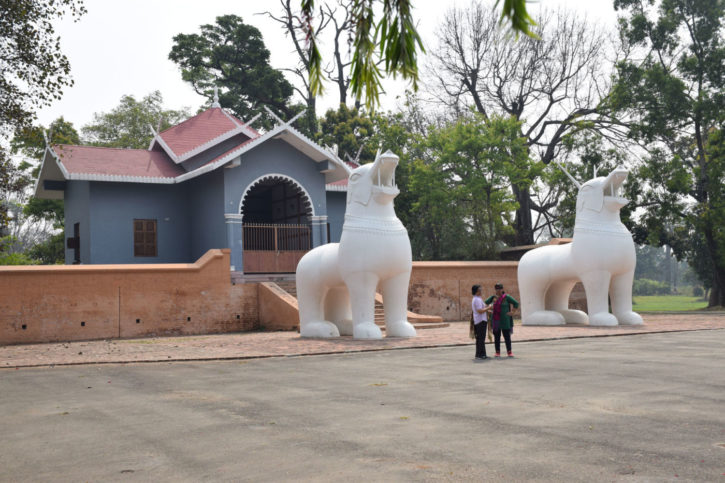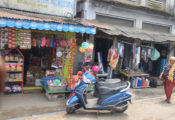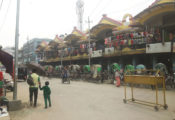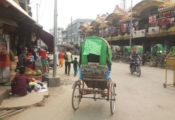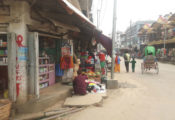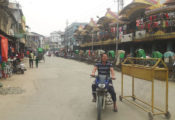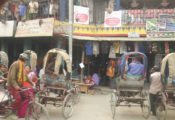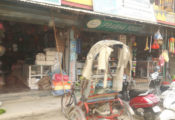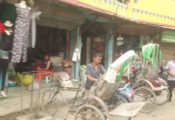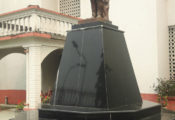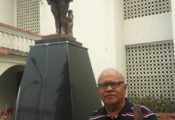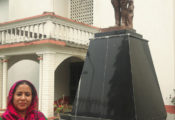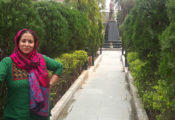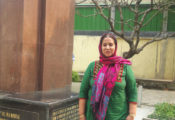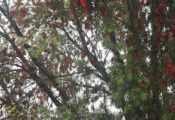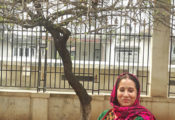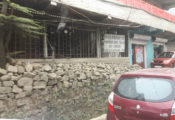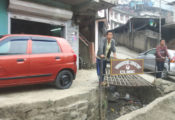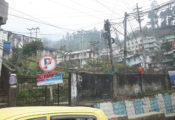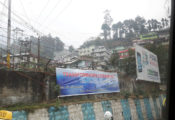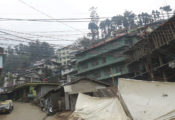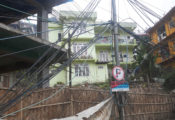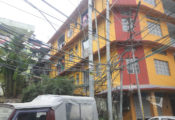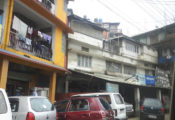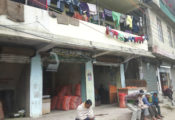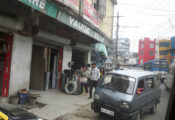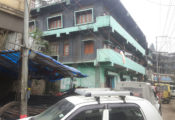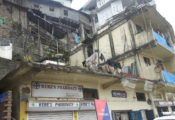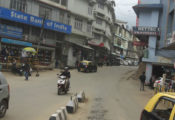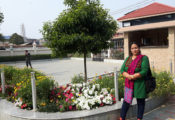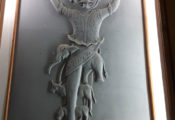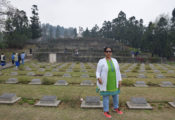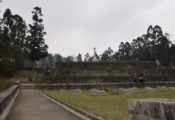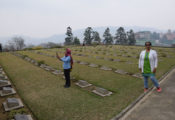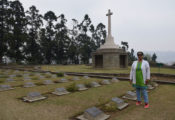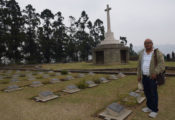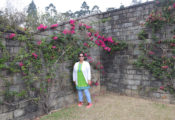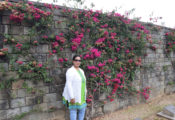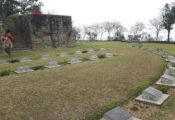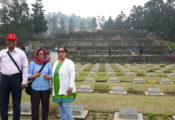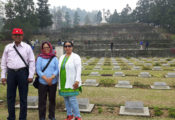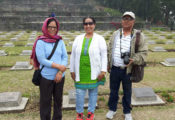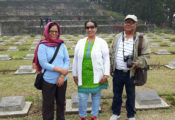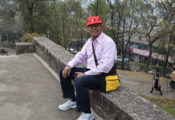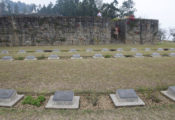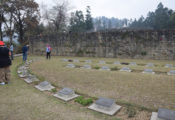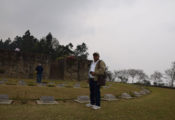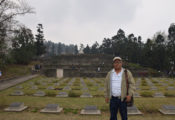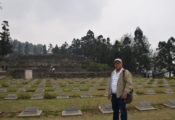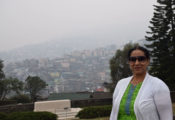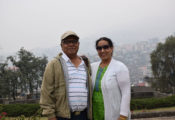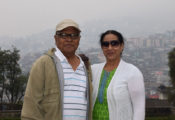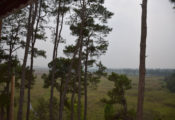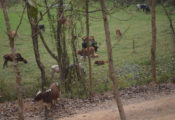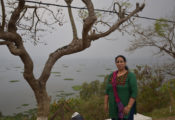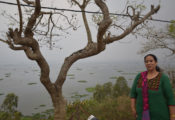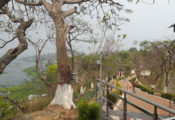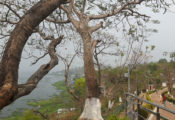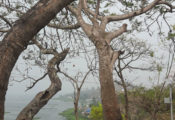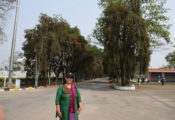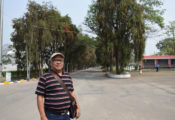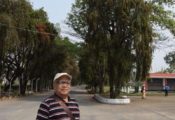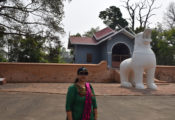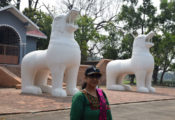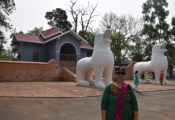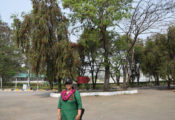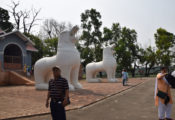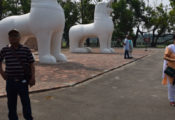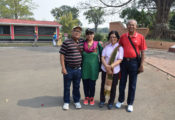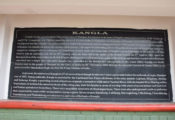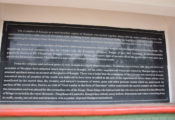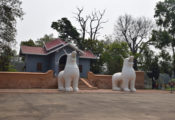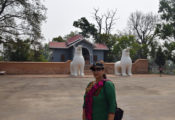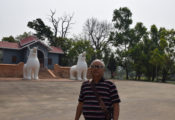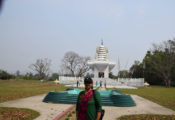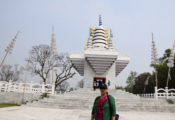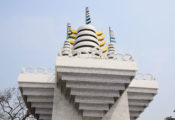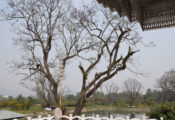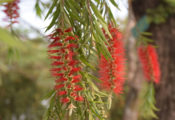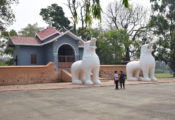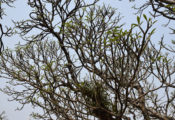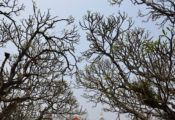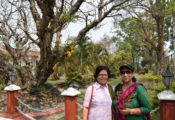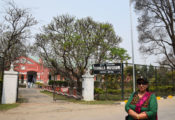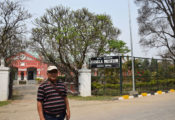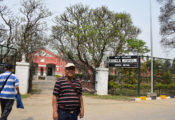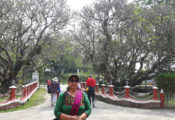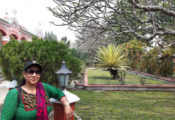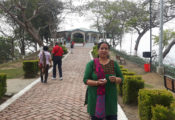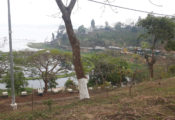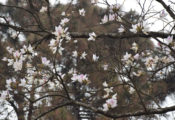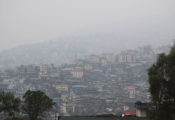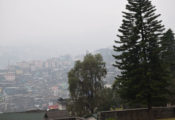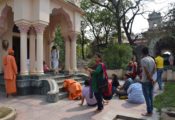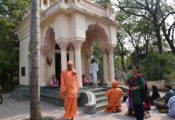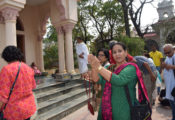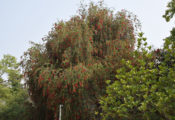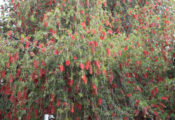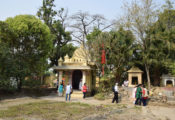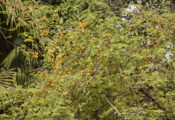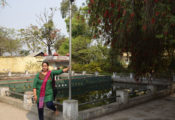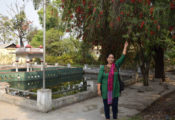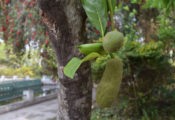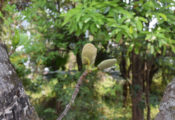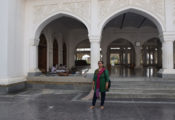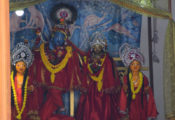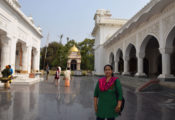24-03-2017
Imphal was the seat of the kings of Manipur before the region fell under British rule. In 1944 it was the site of a significant tactical victory for the Anglo-Indian forces over the Japanese on the Burmese front of World War II.Imphal is steeped in rich history, as the city was founded way back in the 1st century AD. King Khaba ruled the city and the region but was defeated by the Pakhangba. The Ningthouja tribe grew in power and held control over a large section of Manipur. Around 900 AD, Burma invaded Manipur, but a treaty deal was struck by Raja Jai Singh resulting in Manipur becoming a part of the Indian state. The Anglo-Manipur War in 1891, between the Manipur Kingdom and British Raj, resulted in damage to the Kangla Palace, but the English wrested control over the region and remained the same till the Independence of India.The Battle of Imphal played a crucial part in the victory of the Allies in south-east Asia during World War II. The Japanese planned for an invasion of India through Burma but were thwarted because of lack of planning and bad strategic decisions. The Battle of Imphal and Kohima proved to be one of the biggest defeats in Japan’s history. Manipur became a state in 1972 and Imphal was named its capital.
Imphal War Cemetery
Located in the town of Imphal, the capital of Manipur state, the Imphal War Cemetery is the final resting place of 1600 men who fought in and around Imphal in World War II.
In 1942, the Imperial Japanese Army defeated the Allied forces in Burma, in turn forcing them to retreat to Imphal in India. Due to its close proximity to the border, Imphal was the easiest place for the Allied troops to move and as a result, stationed themselves in the town and reinforced their army and air force units over the next two years. In the first half of 1944, the Imperial Japanese Army attacked Imphal and succeeded in securing the town for three months. However, continued fighting from the Allied forces over this period combined with a dwindling level of supplies reaching the Japanese led to the retaking of Imphal in June 1944 and a swift retreat from the Imperial Japanese Army. The Battles of Kohima and Imphal is now considered by some historians as one of the most important British battles of World War II, not to mention the bloodiest with a predicted 53,000 Japanese soldiers and 18,000 British and Indian soldiers dying on the surrounding fields.
Today we explore Imphal city, we visit Loktak Lake – the largest fresh water lake in North-East India, KeibulLamjao National Park – the only floating park in the world, Indian National Army Museum – the only official museum dedicated to the Second World War in Manipur, Kangla Fort – It was the traditional seat of the rulers of Manipur and a symbol of Manipur’s glory, Govindjee Temple – the largest Hindu, Vaishnav temple in Imphal city and Ima Bazaar – the World’s only all Women run Market.
Kangla Fort
Kangla in Imphal was the seat of kingly governance starting from the rule of the legendary God-king, NongdaLairenPakhangba in 33A.D to MaharajKulachandra in 1891A.D. Standing as Manipur’s pride, the fort was captured by the British and post-independence, it was occupied by the Assam Rifles till 2004. The fort is reminiscent of Manipur’s rich history and speaks proudly of its culture and traditions.
Located close to the Imphal River, the Kangla Fort is a symbol of the state’s glory. It was improvised and beautified by several successive kings. At present the fort is a major tourist attraction in the state and is immensely admired by art-lovers and history-buffs, as the Kangla Fort holds immense historical, religious and archaeological importance.
Govindjee Temple
Shree Govindajee Temple is the largest Hindu, Vaishnav temple in Imphal. It is located next to the palace of the former rulers of the then Manipur Kingdom. The temple is simple in design with two gold plated domes, a paved court and a large, raised mantapa or congregation hall The temple was originally built in 1846 during the reign of Maharaja Nara Singh and rebuilt by Maharaja Chandrakriti in 1876. The temple management was earlier with the former king as per Article II of the Manipur Merger Agreement of 1949 when Manipur became a part of India after independence.

